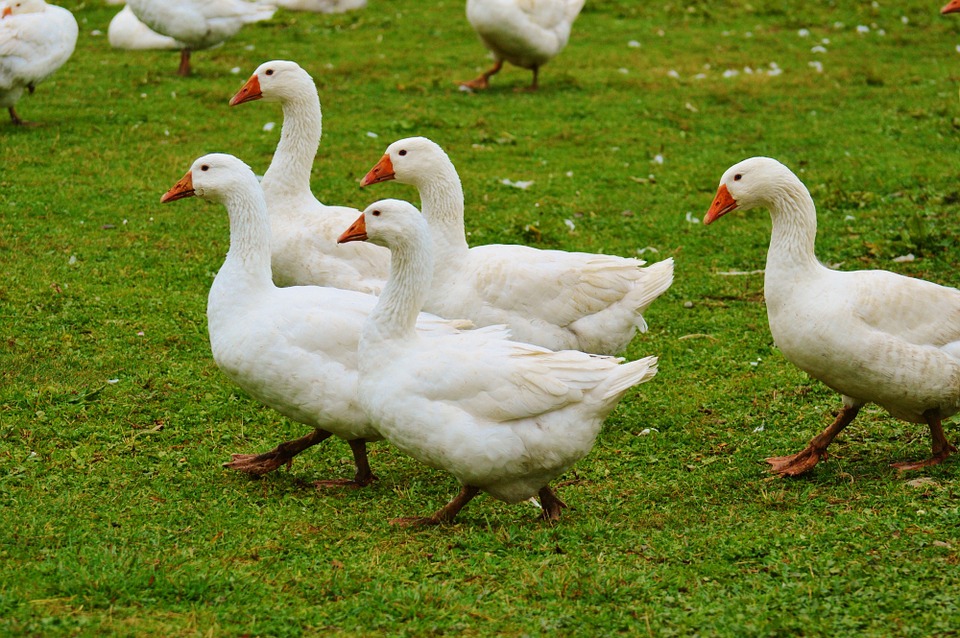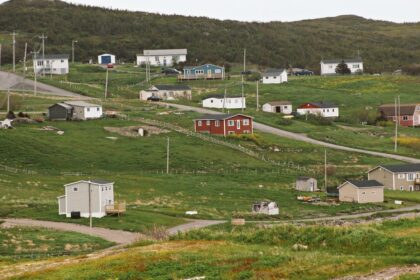Geese are part of the Anatidae family of birds. They’re closely related to ducks and swans. There are about 30 different species of geese in the world. Take a look below for 28 more interesting and weird facts about geese.
1. Wild geese live in low marshes, river valleys, estuaries and wet pastures, as well as on offshore islands, depending on the season.
2. Captive geese are raised on farms and mainly forage on grassy pastures.
3. Wild geese live between 10 and 25 years. Domestic geese live around 20 to 25 years, but many geese will live longer.
4. They’re about 60 to 120 centimeters, 23.6 to 50 inches, in length and have 83 to 185 centimeters, 33 to 73 inches, wingspans. They weigh around 1.5 to 12 kilograms, or 3.3 to 26.4 pounds.
6. They’re very social animals and will form strong relationships with other members of their flock.
7. Almost all of the 30 species of geese are migratory and are capable of flying up to 5,000 kilometers, or 3,000 miles, each season.
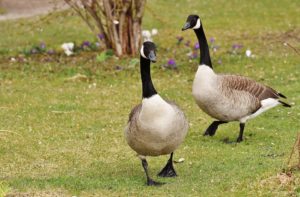
8. Geese fly in a V-shaped formation to minimize wind resistance and to conserve energy. This formation also allows them to remain in close proximity to one another during a long journey.
9. When migrating, their average speed is about 65 kilometers, or 40 miles, per hour. However, they can reach speeds of 110 kilometers, or 70 miles, per hour if they catch a strong tailwind.
10. In Asia, bar-headed geese, Anser indicus, migrate over the Himalayan Mountains, even over Mt. Everest, at an altitude of 9,375 meters, or 30,750 feet, where the air is thin and the temperature drops to -50 degrees Celsius, or -60 degree Fahrenheit.
11. They honk while flying in order to encourage the flock ro maintain the V-formation.
12. Once a year, they’ll go through a molting stage in which adult geese lose flight and tail feathers. They’re unable to fly until the new feathers grow back in.
13. Molting takes between 30 and 45 days. Geese like to stay near water during the process so they can escape from predators.
14. They’re herbivores, which means that they have a plant based diet. Their diet consists of roots, leaves, stems, sprouts, wheat, pellets and bread.
15. They’re known to mate for life and are very protective over their partners and offspring. If their mate or chicks become sick or injured, the goose will often refuse to leave their side, even if winter is coming and the rest of the flock is flying south.
16. Their mating season is between March and December. During the mating season, geese will return to their birth areas and build nests.
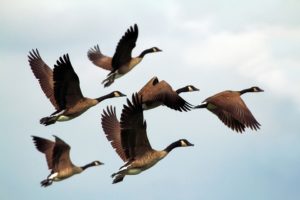
17. Geese lay up to 12 eggs and incubate them for 28 to 35 days.
18. Young geese offspring are called “goslings.” They’re able to fly when they’re about 2 to 3 months old. They usually stay with their parents and follow them back the following year to their birth place.
19. When they’re old enough, they will form their own flocks with other young geese. Geese are one of the only birds that don’t break up their families once the breeding season is over.
20. When a goose’s mate is killed, they will mourn in seclusion. They’re also known to spend the rest of their lives refusing to mate if their partner dies.
21. Geese were one of the first animals to be domesticated. Their domestication took place in Egypt about 3,000 years ago, although some researchers argue that it could have been even earlier.
22. Some species have serrated edges on their beaks that give them a tooth like appearance, but it’s just an adaptation to their bill called tomia and it’s not actual teeth.
23. The term “goose” applies to the female gender, while “gander” applies to the male gender. Young offspring are called “goslings.”
24. A group of geese is called a “skein” while in flight, a “gaggle” while on the ground and a “flock” in general.
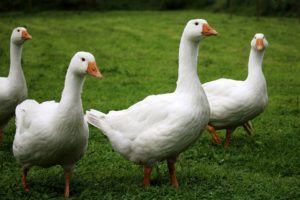
25. The crossbreed offspring of a swan and a goose is called a “swoose.”
26. The expression “to take a gander,” meaning to have a look around, is a reference to the long necks that geese have. They sometimes stretch it around to get a better look.
27. Geese fossils have been found that are 10 to 12 million years old.
28. Geese have been exploited commercially for longer than chickens or ducks have been.

